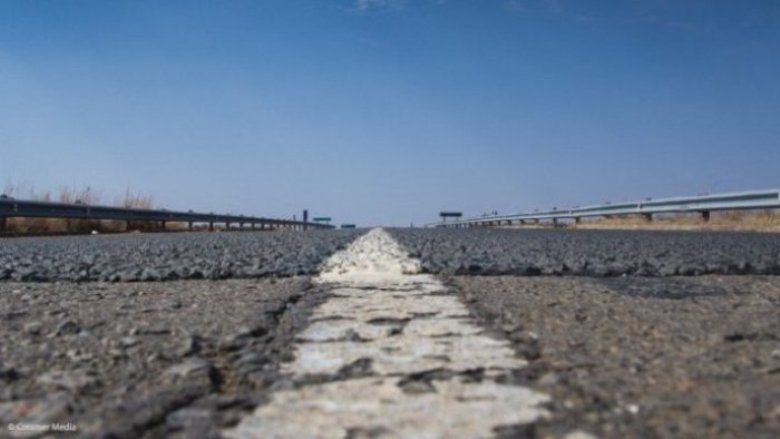South African president Zuma has reassured residents of Mpumalanga that his government would deliver to them the necessary infrastructure and services and to improve their livelihoods.
He said that the delivery of these infrastructure and services would commence with the rehabilitation and upgrading of the deadly Moloto road and the construction of water reservoirs.
Zuma said this when he visited Kwaggafontein, in the Thembisile Hani Local Municipality in Mpumalanga as part of the Siyahlola Presidential Monitoring Programme.
President Zuma said that the rehabilitations to the Moloto road were on schedule and would start in earnest soon.
The 160km long Moloto road passes through the three provinces and ferries more than 150 000 commuters every day, a majority of them going to and from work in Pretoria.
Available statistics from January 2012 to May 2014 showed that there 489 road accidents on Moloto Road, causing 158 deaths and 594 serious injuries.
During the ground-breaking ceremony at the KwaMhlanga showground, Mr. Dipuo Peters, the Transport minister announced a US$246 million project to upgrade and rehabilitate the road over the next five years, scheduled to commence in September.
The upgrades, which would to be completed in the next five to 10 years, would cover at least 139 km of the 160 km stretch of Moloto Road.
President Zuma told the people of KwaMhlanga that their cries and pleas had been heard. “Your cries have been heard. We have also taken note of the high unemployment and poverty in the area but we are trying to deal with that,” Zuma said.
The president had earlier done a tour in the municipality to make an assessment of the three projects which were being rolled out.
Among the projects is a new pipeline and reservoir at KwaMhlanga, which will involve the addition of infrastructure like concrete chambers and bulk pipe line with flow meters and control valves.
Another project is the rehabilitation and upgrading of two boreholes at KwaMhlanga Hospital, which will involve the installation of two pumps with pipeline, supply and installation of panels and re-connection to existing tanks at the hospital.

